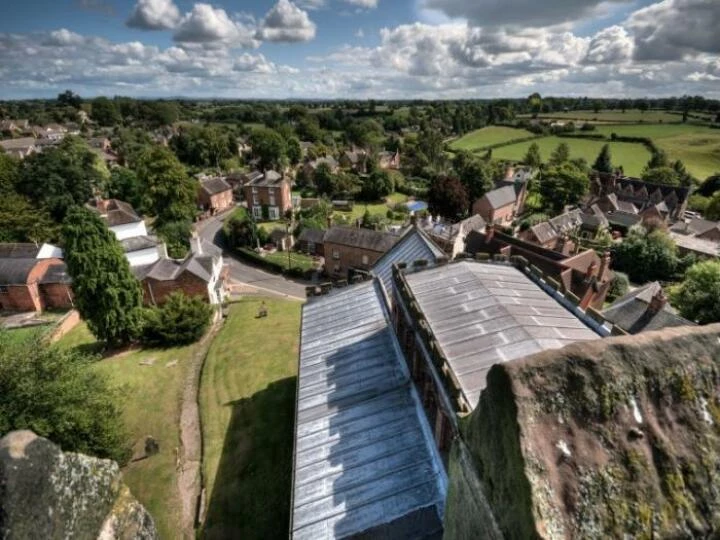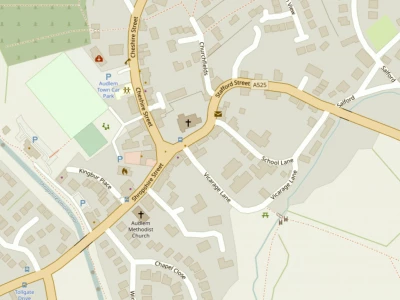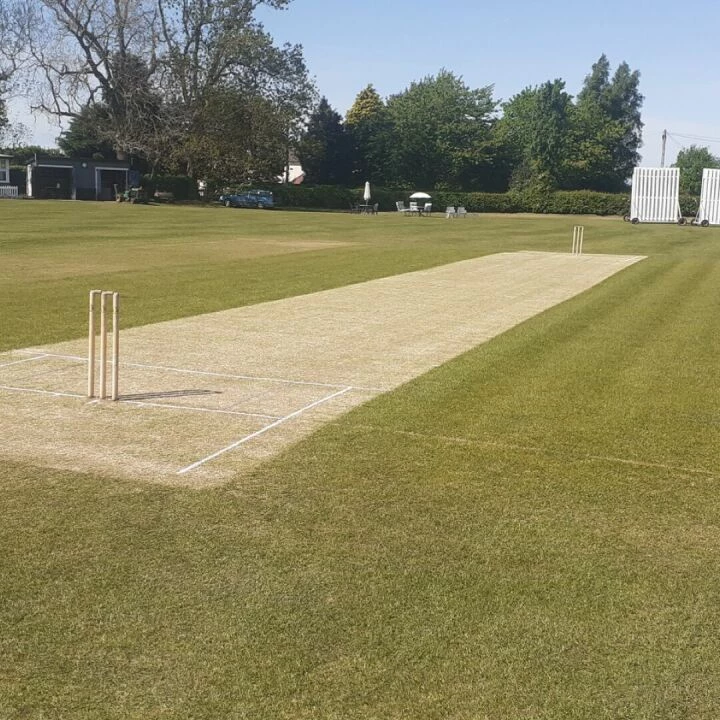

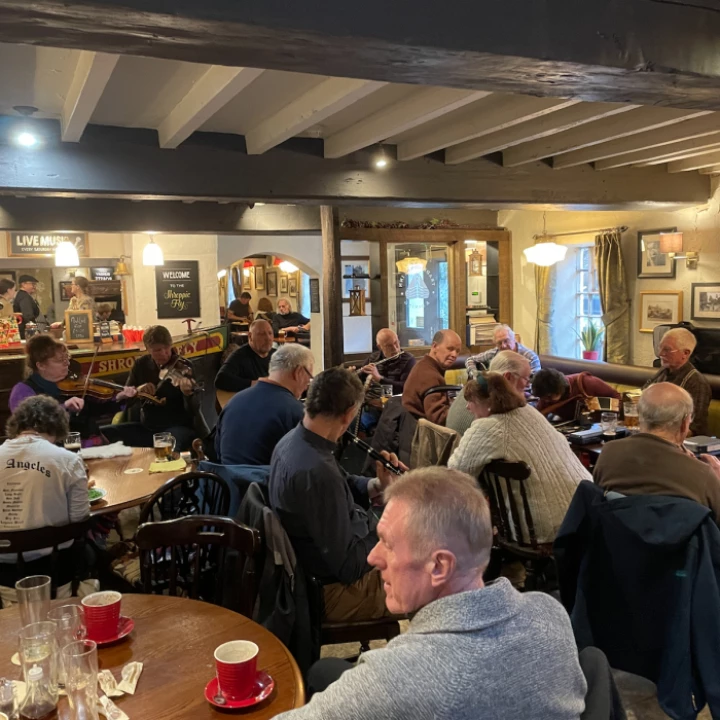

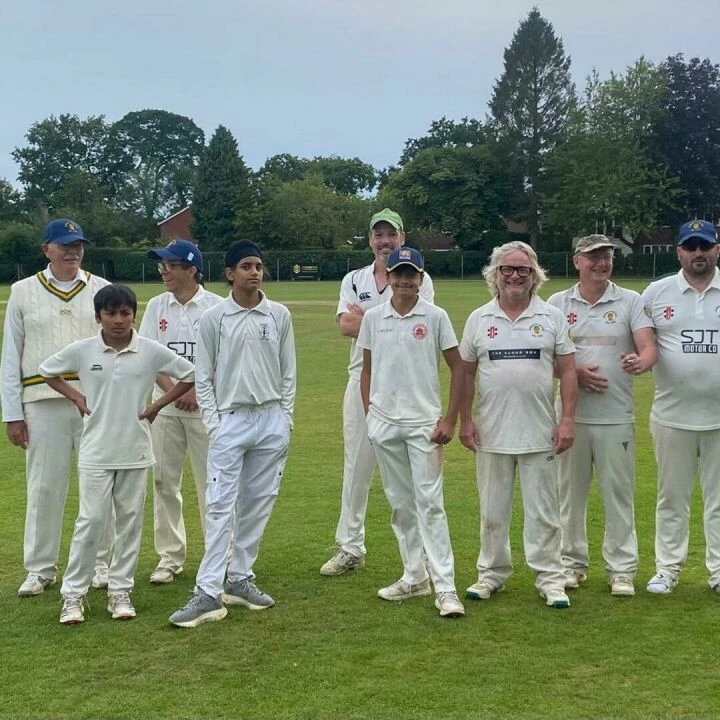

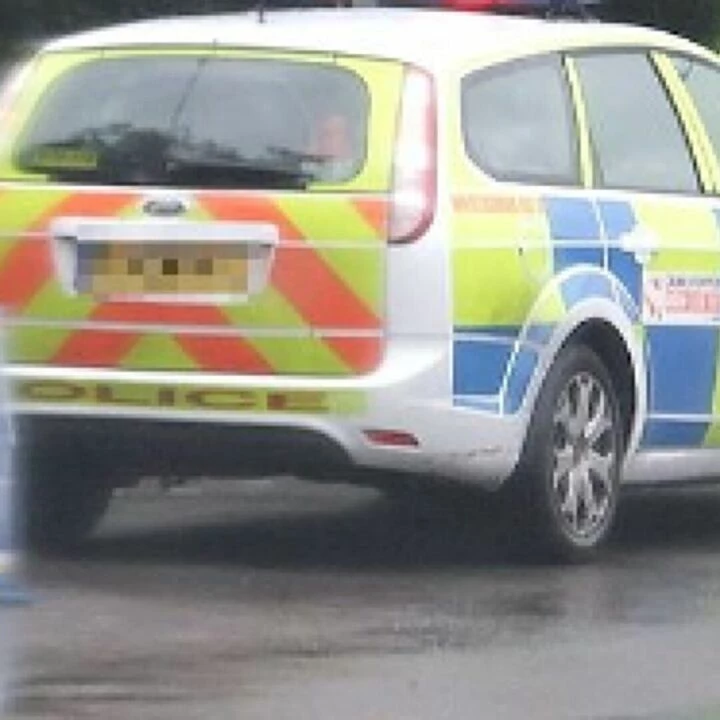
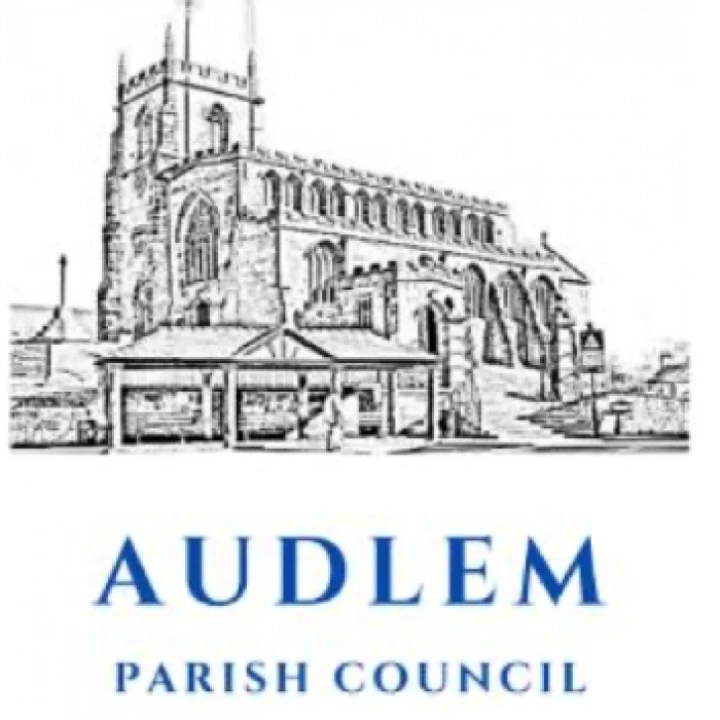
Following our Christmas Eve story from World War I about Peter Oxley's grandfather, now to feature in an exhibition in Stockport, we are pleased to bring you another experience from that war by local resident Peter Silvester, about his father who served as a pilot in both World Wars.
It again sees once enemies meeting up later, ever grateful for the help of a adversary in wartime.
Cecil Stanley Silvester was born in 1898 in Bury St Edmunds, Suffolk. He joined the army in 1916, and transferred to its Royal Flying Corps in 1917. This merged with the Royal Naval Air Service to become the Royal Air Force in April 1918.
In 1917, Cecil Silvester undertook pilot training as an NCO on BE2D aircraft and later on DH6's at No 5 TDS Easton-on-the-Hill, Northamptonshire (near Stamford and the current RAF station at Wittering, by the A1).
He joined 103 Squadron in northern France at the end of September 1918, and made his first flight on 1st October 1918 with Lt. Pitot. He went on to fly eight missions on DH9's before being shot down.
On 2nd October, his first mission was to bomb Fives junction (Lille), flying with 2nd Lt. Lisle as his observer/gunner. He flew on subsequent missions with 2nd Lt. Lansdale, on 14th and 18th October bombing Tournai, on 23rd October Leuze, and on 27th October Ath.
On 29th October 1918, he collected and delivered a new DH9 aircraft, serial H4229, for the Squadron.
His last mission was on 30th October 1918, just under a fortnight before the Armistice that was to end the conflict. His patrol of seven aircraft, led by Captain Dodds, left at 07.50 to bomb Ath station. The patrol approached the target at 14,000 feet and released their bombs. The Squadron diary records that Cecil Silvester and Lansdale were "last seen at 2000' over Tournai, flying West unattacked". They were possibly experiencing engine trouble, a common occurrence with the DH9.
They were shot down by anti-aircraft fire and taken prisoner; Tournai was then only just behind the German lines. Sgt. Silvester was taken to a German field hospital where he received treatment for serious shrapnel damage to his knee.
He later told his son that he was eternally grateful to the skill of the German surgeon who operated and saved his leg. Sgt. Silvester stayed in hospital for about two weeks after allied forces took over the hospital, two or three days after the war ended.
Eventually (about 10 or 15 years later), Cecil Silvester met the German surgeon in London, and thanked him for saving his leg. The reply was that he was a surgeon first, and enemy second.
Shortly after the start of the Second World War, Cecil Silvester rejoined the RAF. Too old at 41 for conscription, he joined the Volunteer Reserve. He can be seen in the photo here sitting fourth from the left on the front row.
He was perhaps one of the few RAF personnel who wore wings on their uniform denoting that they were a qualified pilot, but did not fly. Well, not officially, although he did confide later to his son that occasionally he went up in a bomber on short test flights and took the controls for a few minutes.
Cecil Silvester was demobilised on 26 September 1945 as a Squadron Leader from RAF Mildenhall in Suffolk – where he was in charge of a squadron of Wellington bombers. These were affectionately known to aircrews as Wimpeys – and his black cocker spaniel was also called Wimpey.
This article is from our news archive. As a result pictures or videos originally associated with it may have been removed and some of the content may no longer be accurate or relevant.
Get In Touch
AudlemOnline is powered by our active community.
Please send us your news and views using the button below:
Email: editor@audlem.org

